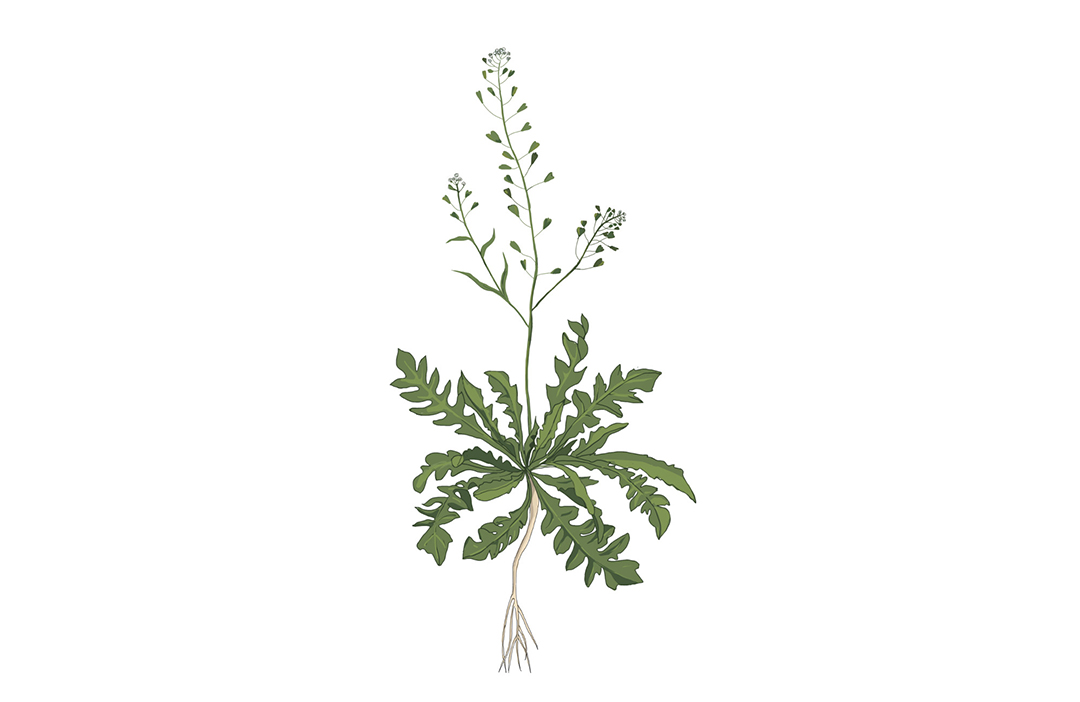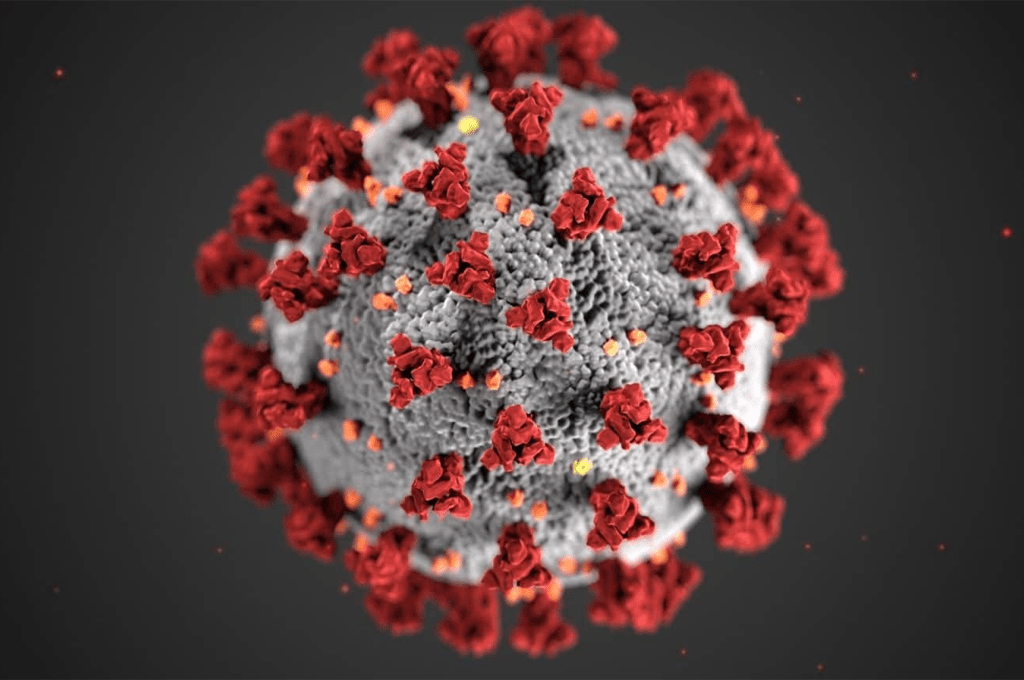Evolution of common weed depends on parental legacy

A recent study led by Martin Lascoux (SciLifeLab/Uppsala University) shows how the evolutionary trajectory of a newly formed tetraploid species of plant closely depends on its parental legacy and on DNA presence from its diploid relatives.
Most plant species have a polyploid origin, and many of them are allopolyploid species, which means that they originated from the hybridization of different species. Despite the importance of polyploidy in plant evolution, it is still largely unknown how the two genomes evolve once they are in the same organism.
To address this, and further questions, the study published in PLOS Genetics analyzed the genomic diversity and gene expression variation of the shepherd’s purse (Capsella bursa-pastoris), a recent allopolyploid species, in three geographical regions of its natural range: Europe, the Middle East, and Asia. The shepherd’s purse, one of the most common weeds in the world, is particularly interesting to study as its two parental species, C. grandiflora and C. orientalisare are extremely different: The former is a genetically diverse outcrosser with a tiny range in northern Greece, while the latter is a genetically uniform self-fertilizing species with a large central Asian range.
The study revealed that after around 100,000 generations of co-existence within the same species, the two subgenomes had still retained part of the initial difference between the two parental species. For example, the subgenome derived from the parent with the highest load of harmful mutations was still accumulating more harmful mutations than the other one. This difference, as well as differences between the two subgenomes in patterns of positive selection and levels of gene expression, also strongly depended on the specific histories of the three geographical regions considered. Most strikingly, and unexpectedly, the allopolyploid species showed signs of DNA presence from different diploid relatives in different parts of its range. This profoundly altered the relationship between the two subgenomes in different regions.




